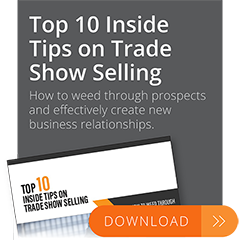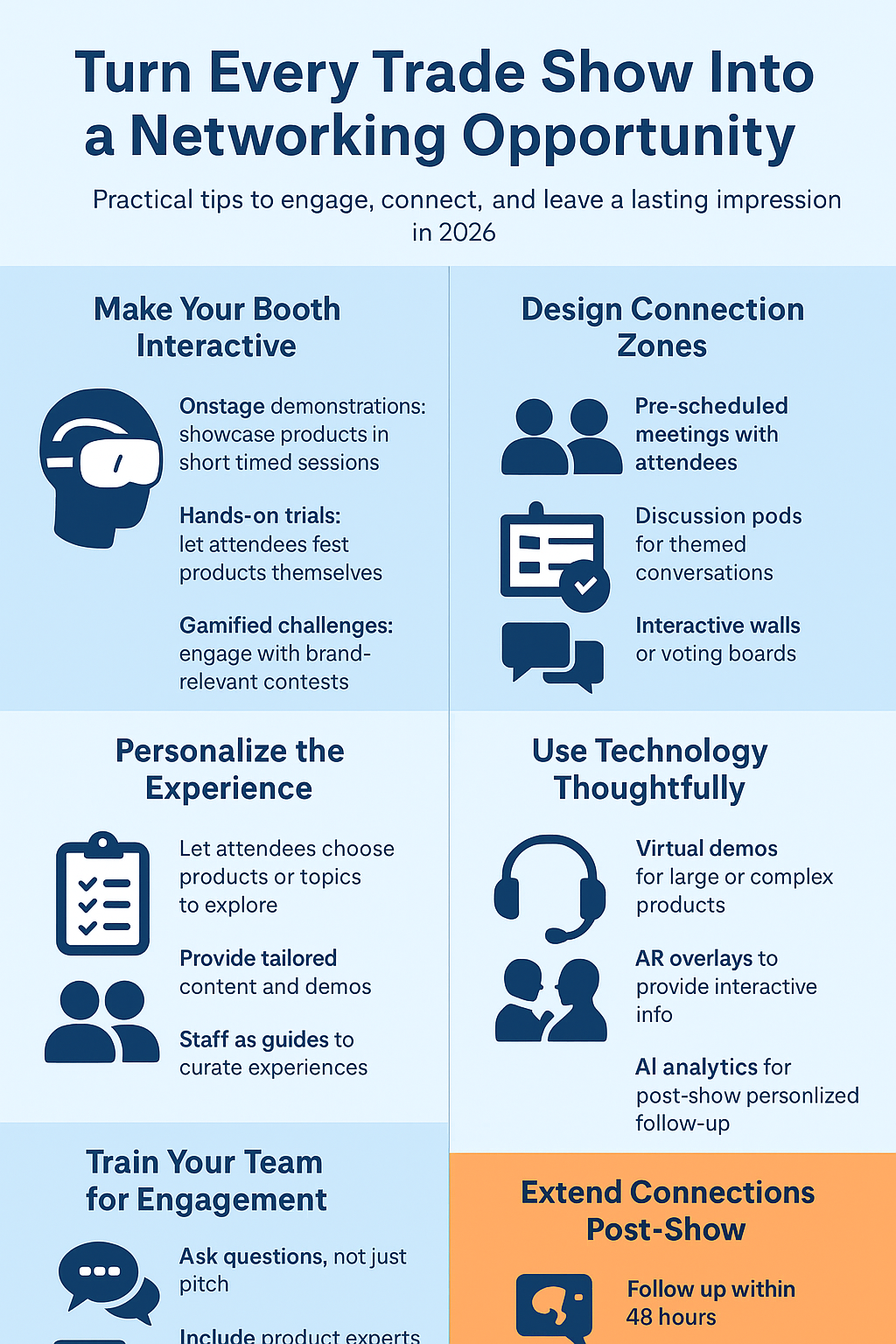In Jill Konrath's opinion, the salesperson is the primary differentiator in B2B purchases today. As products and services become increasingly commoditized, buyers are aware they can get a similar offering from another company. But what they can't get from just any vendor is the same sales experience, which is created by the sales rep.
This means salespeople have almost complete control of their own destinies. Instead of blaming poor numbers on a crummy product line, a bad month, or less-than-stellar leads, failing reps might consider analyzing their processes and brainstorming ways to make them more buyer-centric and buyer-friendly.
Regardless of what industry you're in or what type of organizations you sell into, a few sales axioms hold. These rules can help you sell more to just about anybody.
How to Sell: 9 Fundamental Rules
1) Make it about them.
Do you have a friend or family member who monopolizes every conversation to ramble on and on about themselves? He or she probably isn't your favorite person to talk to. Add a bragging tone, and they become especially intolerable.
Just like you don't like listening to a self-absorbed acquaintance blabber, buyers don't like listening to salespeople talk at length about their companies or offerings. What you perceive as informative and interesting, prospects perceive as obnoxious and irrelevant.
The cardinal rule of sales is to always make it about your buyer. Every email you write, voicemail you leave, demo you give, and meeting you attend should place the focus squarely on the buyer. Constantly ask yourself, "What's the relevance to this particular prospect?" and customize each and every interaction accordingly.
How will you know what's relevant? See below.
2) Research before reaching out.
If you expect buyers to give you their time and learn about your product, you need to spend time learning about them first. In the age of social media, there's no excuse to call or email a buyer with no knowledge of what they do and what they care about.
Pre-call research doesn't have to take a long time. Depending on your particular sales cycle, as little as five or 10 minutes per prospect might suffice.
Here are eight places to research prospects before you attempt to engage them in conversation:
- LinkedIn (here's how to skim LinkedIn quickly)
- Twitter (prospect's individual account and company's account)
- Company's press releases page
- Competitors' press releases pages
- Blogs
- Company financial statements
- Google (prospect and company)
For more information on how to use these resources, check out this post.
3) Define your buyer.
This might seem like a paradox, but the secret of selling anything to anybody is not attempting to sell just anything to just anybody.
Sales reps will have far more success if they are familiar with the characteristics of their target buyers and thoroughly qualify each and every prospect against that matrix. This is called an ideal buyer profile, and it's like having a secret weapon.
By finding the specific type of "anybody" who is just right for your product or service, you will avoid wasting time on poor fit leads. Instead, you'll have more time to devote to buyers with a good chance of becoming customers.
4) Contribute first, and sell second.
If you're defining your target buyer correctly, you'll spend the majority of your day talking to business leaders who have problems your product or service can solve. But just because you know this doesn't mean they do.
Don't jump in with your pitch right off the bat. You run the risk of angering the prospect, or scaring them away. Instead, offer your help in the way you think would be most valuable. Not sure where you can be of service? Ask.
Maybe you can send along a piece of content that speaks to their issue. Perhaps you can draw on your expertise to speak about industry-wide trends the buyer might not be privy to. Position yourself as an advisor who wants to help rather than a salespeople thirsty to sell, and you'll find a more receptive audience when you finally get around to connecting their problem with your offering. In short: Always Be Helping.
As social selling expert Jill Rowley puts it, "Think 'jab, jab, jab, right hook' as 'give, give, give, ask.'"
5) Ask questions, and listen.
No matter how thoroughly you've researched your prospect, there will still be gaps in your knowledge, and you won't be able to help the buyer solve their issue if you don't fully understand it. For this reason, it's critical to ask thoughtful questions during your conversations -- and a lot of them.
Here are some examples that sales trainers Rick Roberge and Sean McPheat advocate:
- How did this happen?
- Has it always been this way?
- Zero to death, where is solving this problem?
- How is the issue impacting your organization/customers staff?
- What are you currently doing to address the problem?
- In a perfect world, what would you like to see happen with this?
- Can you give me an example?
Be curious. It's good to have a list of questions prepared as a jumping off point, but you don't have to stick to them if the conversation takes an unexpected turn. People like talking about themselves and their situations, so your genuine interest and curiosity will help them warm up to you.
After posing a question, fall silent and simply listen. Really hear what the buyer is saying, and don't just wait for your turn to speak. Then after they've finished their thought, communicate their message back to them, ask them to verify if you got their meaning correctly, and pose a question that provides further clarification.
Congratulations -- you just became an active listener!
Not only does careful listening help you get a grip on the problem, it also makes the prospect feel good. And if you truly tune in, they'll be more likely to return the favor when you have something to say.
6) Be mindful of psychological quirks.
Our brains are wired to respond to certain situations in specific ways. Being aware of these psychological tricks can help you harness them to your benefit.
Here are just a few of the quirks relevant to salespeople:
- Anchoring effect: The information we receive first acts as an anchor against which we evaluate all further data.
- Decoy effect: A third option can sometimes help people choose between two possibilities.
- Rhyme-as-reason effect: Rhyming statements seem more true than non-rhyming ones.
- Loss aversion: We react more strongly to the possibility of losing something we currently have than the possibility of gaining something we don't.
- Peak-end rule: People remember the end and a high point within a presentation more vividly than any other section.
- Curse of knowledge: When someone who knows a lot about a given subject is unable to relate to someone who is not as familiar.
- Confirmation bias: We are more likely to accept information that aligns with our beliefs than contradictory evidence -- no matter how compelling.
7) Approach them on their level.
It's great when a salesperson brings their unique personality to their selling process. But bear in mind that you should also pay attention to your prospect's personality, and tailor your approach accordingly. Our personal attributes have an impact on how we like to be sold to and what information we prioritize.
Here's a brief breakdown of the four main personality types, and their preferences:
- Assertive: Interested in results and the bottom line.
- Amiable: Interested in creative ideas and big-picture visions.
- Expressive: Interested in people and how ideas affect others.
- Analytics: Interested in facts, figures, and data.
Once you know which category your prospect fits into, play to their preferences and customize your messaging and presentation to nail what's most important to them.
8) Hit an emotional high point.
There's no such thing as a purely rational decision. Like it or not, our emotions color how we process information and make decisions. With this in mind, salespeople who appeal solely to their buyers' logic are doing themselves a disservice.
Every sales message, presentation, and meeting should speak to the prospect's emotions as well as their rational mind. According to sales expert Geoffrey James, the following six emotions impact decision making:
- Greed
- Fear
- Altruism
- Envy
- Pride
- Shame
Some of these are unpleasant feelings that you don't want buyers associating with you or your company, so make sure to use a light touch when making emotional appeals. In addition, don't try to bring forth all of these feelings -- choose one or two that will resonate and subtly mix them in. (Read: Try not to put your buyer in a glass case of emotion.)
9) Remember that you're selling to a person.
When you're sending countless outreach emails each and every day, it's easy to forget that leads are people. But they are, and they want to be treated as such.
Use yourself as a litmus test -- would you like getting this email? Would you appreciate this voicemail? If not, there's a good chance your buyer won't either.
It's important to be professional in sales, but it's also important to be personable. Buyers have lives outside of work, and things they're passionate about that have nothing to do with their jobs. Build real rapport with your prospects by letting the conversation drift to the personal every once in a while. It doesn't have to be -- and shouldn't be -- all business all the time.
That's how we think selling should be done. Now we want to hear from you. What would you add to this guide? Share your thoughts in the comments.
Written by Emma Brudner - @emmajs24 - https://blog.hubspot.com/sales/how-to-sell-anything-to-anybody






